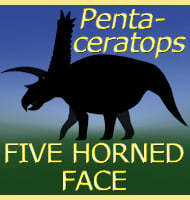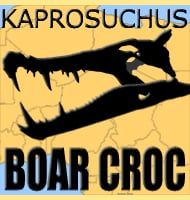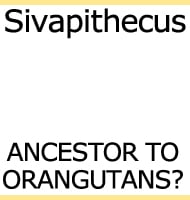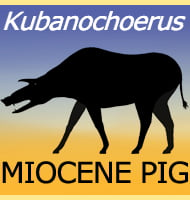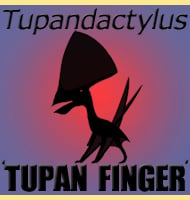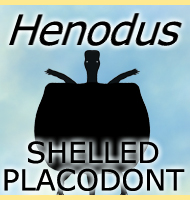In Depth
To start with the discovery, fossil specimens that would be raised as Richardoestesia where actually described as belonging to the type species of another dinosaur named Chirostenotes. Study in the 1980‘s however yielded the revelation that Chirostenotes was an oviraptorid, which means that the more classic theropod jaws and teeth could not possibly be placed within this genus. A new genus honouring palaeontologist Richard Estes was chosen, and in keeping with standardised Latin they created the genus Ricardoestesia. However a spelling error resulted in Richardoestesia (with an ‘h’) being submitted, repeated and accepted as the official binomial name of this genus. The type species name R. gilmorei is in honour of Charles Whitney Gilmore, the palaeontologist who had first assigned the Richardoestesia fossils to Chirostenotes in 1924.
A lot has been suggested about Richardoestesia, but practically nothing is known for certain about this dinosaur. The most complete remains, a set of jaw bones was recovered from the Judith River Formation, but all subsequent fossils from other fossil formations have only been of the teeth. Some similar teeth that are longer and less curved than the rest have been found in the Aguja Formation of Texas and used to establish a second species, R. isosceles, based upon the triangular shape.
What can be said about Richardoestesia is that the jaws are slender, long and housed teeth that were quite small but finely serrated. There are as many as five to six serrations per millimetre of tooth, and it is this feature that has allowed further teeth to have been attributed to the genus. Richardoestesia was likely a small theropod, possibly belonging within the Dromaeosauridae, or perhaps even the Troodontidae. The range of teeth from Fossil Formations stretching across Southern Canada all the way down to the Southern USA suggests that Richardoestesia was widespread across Western North America that back in the Cretaceous was an Island continent called Laramidia.
Further Reading
– Theropod teeth from the Judith River Formation of southern Alberta, Canada – P. J. Currie, J. K. Rigby, Jr., and R. E. Sloan. – In K. Carpenter & P. J. Currie (eds.), Dinosaur Systematics: Perspectives and Approaches. Cambridge University Press, Cambridge 107-125. – 1990.



